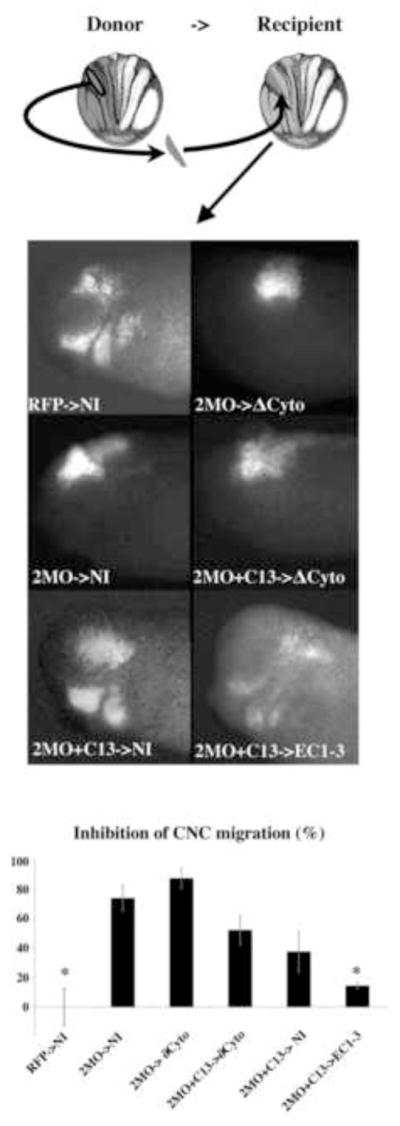Figure 5. ADAM 13 metalloprotease function is required crest autonomously.

Embryos were injected in one cell of 2-cell stage embryos with the following mixture. Donor embryos were injected with RFP as a lineage tracer and either the morpholinos against ADAM13 and 19 alone (2MO) or the two morpholinos plus the mRNA encoding the cytoplasmic domain of ADAM13 (2MO+C13). The recipient embryos were injected with a mixture of GFP and either a form of ADAM13 lacking the cytoplasmic domain (ΔCyto) or the cleaved form of Cadherin-11 (EC1-3). At stage 15, embryos were sorted for their expression of lineage tracer, CNC explants taken out from donor embryos (RFP, 2MO or 2MO+C13) and grafted into various recipient embryos (NI, ΔCyto or EC1-3). The embryo was left to develop until tailbud stage and scored for their lack of CNC migration. The histogram represents the percentage of embryos displaying no CNC migration normalized to embryos injected with RFP alone and corresponds to the mean of three independent experiments. Results show that morphant crest migration is not rescued if the metalloprotease activity of ADAM13 is not expressed by the CNC themselves (2MO-> ΔCyto). The expression of the cytodomain of ADAM13 in the morphant crest partially rescues CNC migration (2MO+C13->NI). This partial rescue is not enhanced when these CNC are grafted in embryos expressing ΔCyto (2MO+C13-> ΔCyto) confirming that ADAM13 can exert its metalloprotease function only when expressed by the CNC. The rescue is complete when the 2MO+C13 CNC are grafted in embryos expressing EC1-3 (2MO+C13->EC1-3). The number of embryos scored was as follows: RFP->NI; n=15, 2MO->NI; n=14, 2MO-> ΔCyto; n=16, 2MO+C13-> ΔCyto; n=15. The error bar represents standard deviation from the mean. * = Statistically different from 2MO ->NI (p<0.05).
